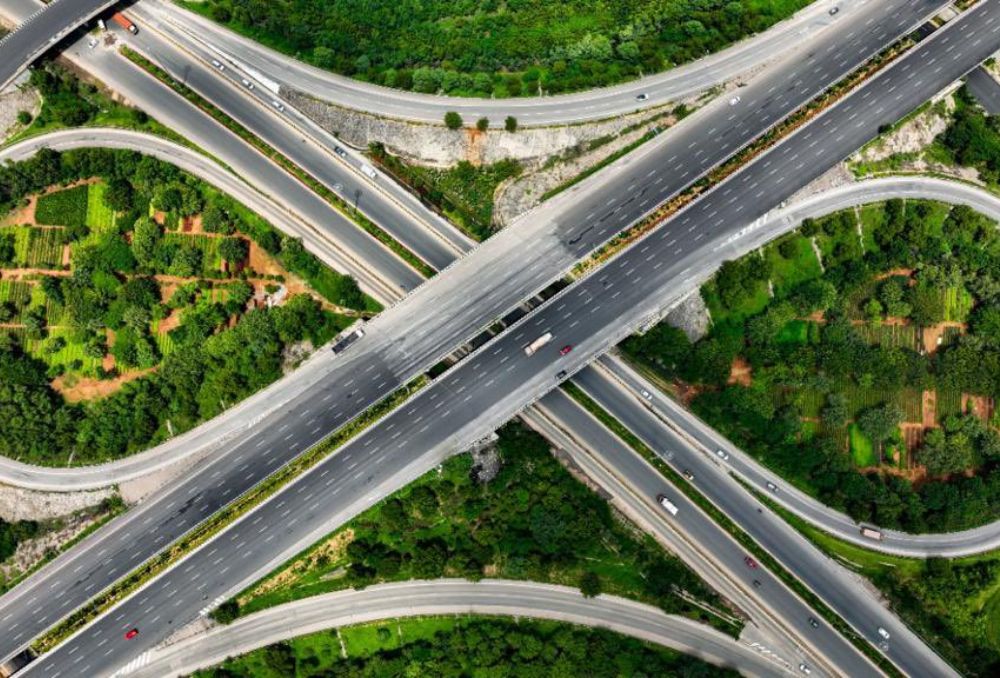The Telangana government has unveiled an ambitious roadmap to establish a robust road network for the proposed “Future City,” a visionary urban development initiative designed to position the state as a global economic and technological hub. With a focus on sustainable infrastructure, seamless connectivity, and futuristic urban planning, the project aims to set new benchmarks in urban development.
Strategic Planning and Vision
The roadmap for the Future City road network has been meticulously crafted to accommodate the anticipated growth in population, economic activity, and vehicular traffic. The government envisions a multi-modal transport network that integrates roadways, metro systems, and dedicated corridors for electric vehicles and public transport. The planning emphasizes environmental sustainability and aims to reduce urban congestion, improve air quality, and enhance overall livability.
Telangana’s Minister for Municipal Administration and Urban Development, K.T. Rama Rao, stated, “The Future City will be a model of modern urban planning, and its road network will play a critical role in enabling smart mobility and efficient logistics. Our focus is on building infrastructure that aligns with global standards while addressing local needs.”
Key Features of the Road Network
- Smart Roads:
- Equipped with IoT-enabled traffic management systems to monitor and manage vehicular flow in real-time.
- Integration of smart lighting, pedestrian-friendly zones, and advanced signage systems.
- Dedicated EV Corridors:
- Development of exclusive lanes for electric vehicles.
- Establishment of EV charging stations at regular intervals to promote green mobility.
- Sustainability Measures:
- Use of recycled materials in road construction.
- Adoption of porous pavement technology to enhance rainwater harvesting and minimize urban flooding.
- Integrated Public Transport:
- Seamless integration with metro, bus rapid transit (BRT), and suburban rail systems.
- Development of multi-level parking facilities and park-and-ride options.
- Peripheral Ring Roads:
- Construction of new outer ring roads to decongest the city core.
- Linking industrial zones, IT parks, and residential neighborhoods to reduce travel time.
Implementation Timeline and Investments
The roadmap outlines a phased implementation plan spanning the next decade. Phase 1, slated for completion by 2027, will focus on critical infrastructure such as arterial roads, EV corridors, and integration with existing transport systems. Subsequent phases will involve expanding the network, introducing advanced technologies, and enhancing green initiatives.
The state government has allocated a significant portion of its infrastructure budget to the project and is exploring partnerships with private entities, international funding agencies, and technology providers. The estimated investment for the first phase stands at INR 15,000 crore.
Public and Stakeholder Engagement
Recognizing the importance of inclusive development, the government has initiated consultations with urban planners, environmental experts, and local communities. Public feedback sessions are being organized to address concerns and ensure that the project aligns with the aspirations of its citizens.
Conclusion
The Telangana government’s roadmap for the Future City road network underscores its commitment to fostering innovation, sustainability, and inclusive growth. By prioritizing modern infrastructure and smart mobility solutions, the state is paving the way for a vibrant, forward-looking urban environment that can serve as a model for other regions in India and beyond. As the project progresses, it holds the promise of transforming Telangana into a beacon of sustainable urbanization and technological excellence.

